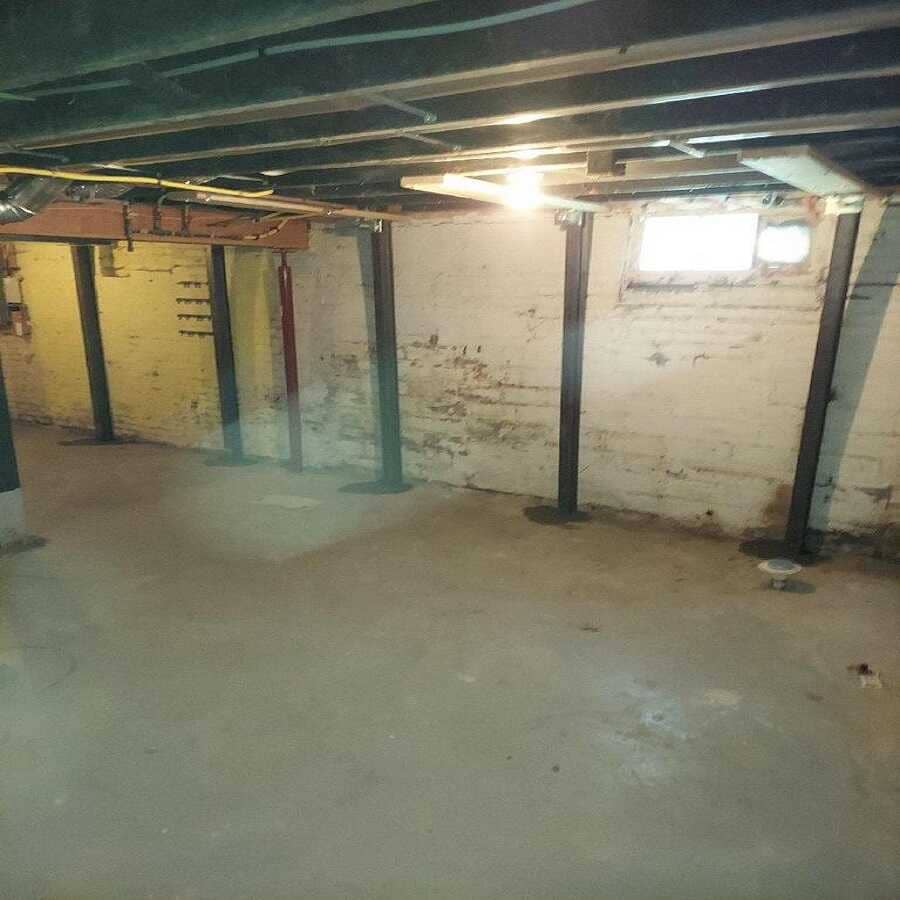Little Known Questions About Best Basement Waterproofing.
Little Known Questions About Best Basement Waterproofing.
Blog Article
Best Basement Waterproofing Things To Know Before You Buy
Table of ContentsThe Of Best Basement Waterproofing4 Simple Techniques For Best Basement WaterproofingThe Best Strategy To Use For Best Basement WaterproofingFacts About Best Basement Waterproofing RevealedThe Greatest Guide To Best Basement Waterproofing
What triggers water damage concerns in your cellar? Pipes that line the inside of your wall surfaces are just one example of where water damage can occur.The dirt and ground of your home is extremely crucial. If there is excessive water bordering your home, nevertheless, it can press the dirt into your home and trigger the seals of your basement to come to be jeopardized. Best Basement Waterproofing. when you see excess water in position where it must not be, that is a really excellent indication that you have a problem
Concrete waterproofing coverings are cement-like; as soon as completely dry, they stick completely to concrete and masonry wall surfaces. You apply the finish with a hefty brush made with bristles swirled during application for an eye-catching, completed look. Concrete water resistant coatings can not be applied to formerly repainted surfaces Silicate-based concrete sealants, also recognized as densifiers, are also appropriate just for wall surfaces that have not been painted or sealed.
Since these are passing through sealers, they can't exfoliate or peel off, and you can have paint used over them. The American Eagle team may find extra complex causes for your wetness concerns; there are added solutions offered. Plastic sheets and panels could be combined with interior basement water drainage systems. They do not quit water from surviving the wall surface, but they do stop it from ruining points in the cellar.
The Best Basement Waterproofing Statements
A sump pump is required to move water out of your cellar. In order to effectively suggest a service for your wet basement, call American Eagle for a no-obligation go to. Our technicians will certainly be able to discuss which solutions are alternatives for your home. Why should you waterproof your basement? Here are a couple of things the professionals can set up to help the waterproofing process: this is developed for the wall surfaces of your basement (Best Basement Waterproofing).

Basement waterproofing is an excellent means to obtain in advance of possible water damage that may come your means.
Little Known Facts About Best Basement Waterproofing.
When it involves safeguarding your home, one of the most important actions you can take is basement waterproofing. A completely dry cellar not only guarantees a secure and healthy and balanced setting for you and your family members, however it likewise assists to stop costly water damages and mold and mildew click this site growth. In this blog article, we will certainly talk about the importance of basement waterproofing, the benefits it gives, and exactly how you can go about securing your space.
By investing in cellar waterproofing now, you can help to ensure that your home maintains its worth and appearance in time. Another advantage of cellar waterproofing is that it can assist to reduce your energy costs. A wet cellar can add to higher degrees of moisture in your home, which can make your HVAC system job more difficult to keep a comfortable temperature level.
When it pertains to cellar waterproofing, there are numerous methods basics that can be utilized to keep water out of your area. These include indoor sealers, exterior waterproofing membranes, and water drainage systems. The finest approach for your basement will certainly depend on aspects such as the degree of water intrusion, the problem of your foundation, and your budget plan.
In conclusion, cellar waterproofing is a useful link crucial action in shielding your home from water damage, mold and mildew growth, and various other issues. By purchasing cellar waterproofing, you can ensure that your space continues to be dry, risk-free, and healthy and balanced for you and your family members. Not just does cellar waterproofing give comfort and protection for your home, yet it can likewise boost its worth and save you money on power prices over time.
Not known Details About Best Basement Waterproofing
Interior sealants are a kind of basement waterproofing technique that includes using a sealer to the within the cellar wall surfaces and floors. Water can seep right into a cellar through cracks, spaces, or permeable concrete, specifically in areas where there is high groundwater or bad water drainage. This can lead to water damage and mold growth, in addition to damages to the structure and structural stability of the structure.
The sealer develops an obstacle that protects against water from seeping with the concrete. This approach is just effective for minor water damages and does not address the underlying causes of the wetness. The primary source of the requirement for outside basement waterproofing is water infiltration from the outside of the foundation walls.
It is an efficient option for stopping water damage and protecting the architectural honesty of the structure. Nonetheless, it can be costly and disruptive to install, as it needs excavation around the foundation and may involve landscaping and other repair work once the waterproofing is complete. However, this approach is one of the most dependable and long-lasting solution for protecting against water seepage in the basement.
The Best Strategy To Use For Best Basement Waterproofing
Report this page